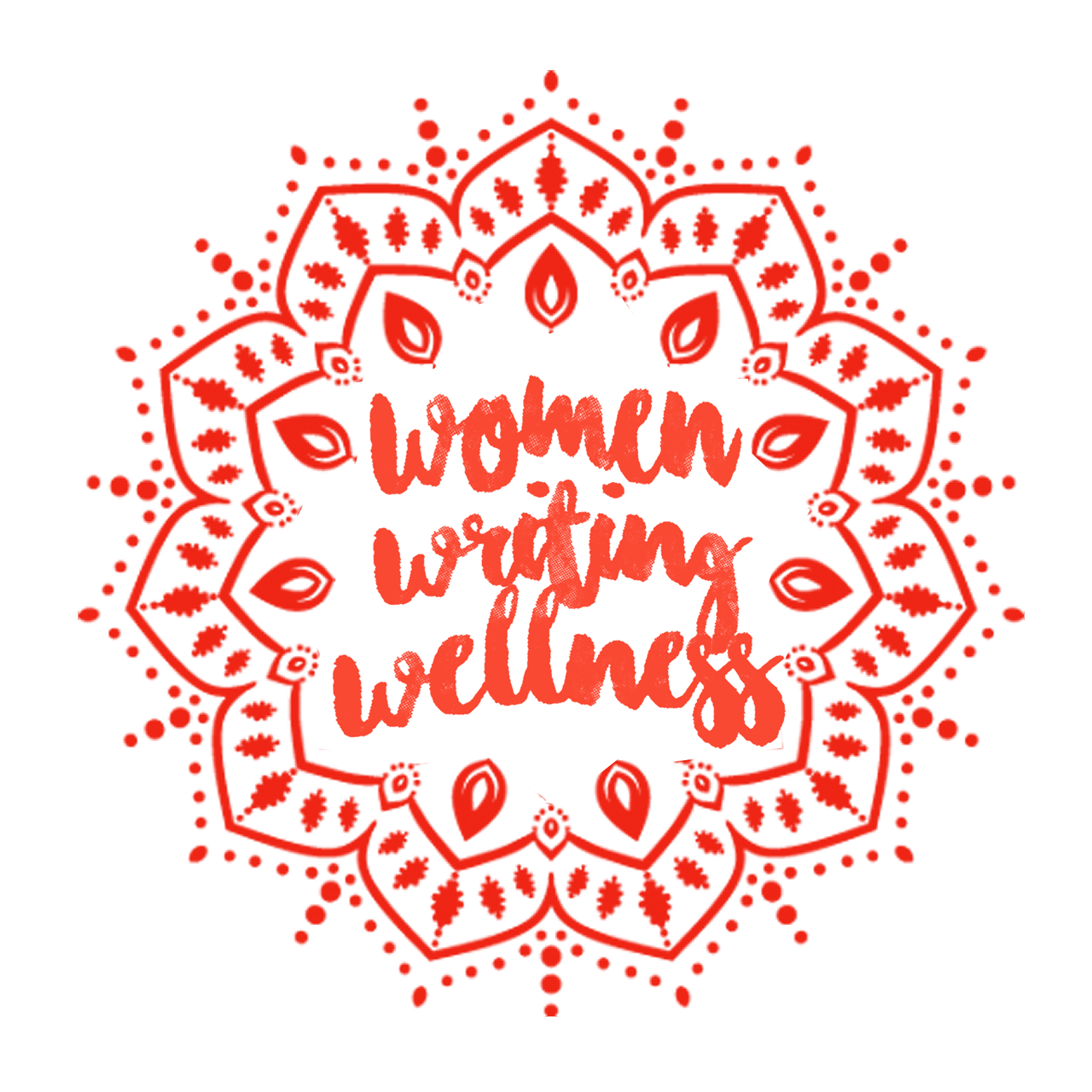I know this is usually the time when we make New Year’s resolutions to take control of our health and vow to exercise more and eat less, but many of my students will be indulging in food over the next few weeks. Writing about the rituals and roles surrounding food in our households is a really resourceful tool to jog our memories about family, culture and even religion, and weave those into our storytelling. Food links generations to our family history of immigrants and exiles. It links us to family ideals, practices and viewpoints.
Even the remembrance of the spaces where our cuisine was prepared can elicit dormant emotions and connect us to family and heritage in a potent way. While taking a hypnobirthing course years ago, the doulas asked all of the pregnant mommies to visualize a safe place from their past or present and to meditate using those images, sights, sounds and smell as if we were really there. To my surprise, when I closed my eyes, the first place that came to mind was my maternal grandparents’ kitchen when I was a child. My grandparents have since sold that place, but I could still see it exactly how it was in the late 70s, early 80s with its avocado green and amber decor. I could smell the strong, bold black coffee sweetened with the fragrance of brown sugar and ginger wafting from the Lebkuchen baking in the oven. In my mind, I could get a whiff of the saccharine- salty breadbox as I opened it to find my grandfather’s stash of breadsticks and mini Snickers bars. I could hear the birds chirping as they perched on the feeder just outside the kitchen window. I could see the “Ve Get too Soon Oldt und too Late Shmart” cast-iron Omish sign hanging above the M&M jar on the countertop. As a child born from two different races, it was a place both foreign and familiar. But if Candyland had a smell, I imagined it smelled like my grandparents' kitchen. It was a place where I felt that no adult drama could touch me and I could always find a sugary treat to escape the perils of childhood.
My students have made similar connections in their writing about kitchens that nourished them. They have also relished in the fact that through writing about food they can flashback to their earliest formative years while at the same time connect to their group, gender and individual identities. Some Jewish students wrote about the symbolism of eating honeyed cake for a sweet New Year and found commonalities with a few Chinese students who wrote about eating a whole fish for abundance in the New Year. Students from India, Venezuela and the Caribbean got to explore rice as a staple dish in their families and the history and politics about how that came to be.
If you're are feeling stuck or can't think of what else to write about think about a particular food you used to eat to help generate ideas. There are a ton of culinary memoirs you can use as models, including:
The Language of Baklava and Life without a Recipe by Diana Abu-Jaber
Chilles and Porridge by Mita Kapur
Tender at the Bone by Ruth Reichl
Blood Bones and Butter by Gabrielle Hamilton
The Chicken Chronicles by Alice Walker
Tiger in the Kitchen by Cheryl Tan
Vibration Cooking by Vertamae Smart-Grosvenor
Climbing the Mango Trees by Madhur Jaffrey
The Gastronomical Me by M.F.K. Fisher

